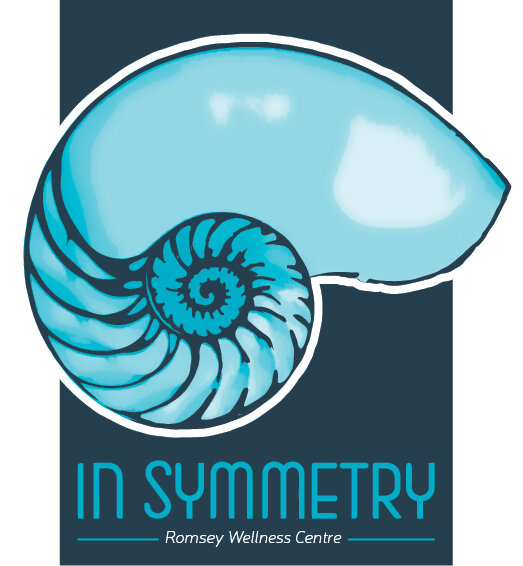DRY NEEDLING Vs ACUPUNCTURE
By Nicolette Truscott
Dry needling and acupuncture both involve puncturing the skin with thin needles for therapeutic purposes.
While the tools used are the same, the practices, training/qualifications, treatment techniques and philosophy are otherwise very different.
Dry Needling
Acupuncture
History:
Created as a therapy by Janet Travell (MD) in 1979 as a further development from a technique using injections (‘wet needling’) into myofascial trigger points (‘muscular knots’) in the 1940s.
Used as a system of medicine traced back 2000+ years. First known text on acupuncture points, locations and functions in China dated from around 100 BC in “The Yellow Emperor’s Classic on Internal Medicine’.
Uses:
Musculoskeletal pain derived from trigger point dysfunction.
Musculoskeletal pain but also used for internal medicine such as gynaecology, digestion, dermatology and paediatric conditions.
Tools:
Stainless steel disposable needles.
Stainless steel disposable needles. Can also incorporate other tools such as electroacupuncture, cupping or moxa to maximise efficacy.
Location of needle insertion:
Uses trigger points (‘muscular knots’) or motor points (where the nerve innervates the muscle) with the sole focus on releasing tightness in muscles
Uses meridian theory with a combination of local points where the pain is and distal points away from the site of pain to address underlying issues. Focuses on principle that pain comes from blockages of ‘qi’ and removing these blockages relieves pain. Also incorporates ‘ashi’ (‘ouch/ that’s it!’ points which are tender when pressed) Correlates highly to trigger and motor points.
Needle insertion:
Can have aggressive, repetitive insertion into same site and then quick removal.
Generally, a gentler approach with more needles but less intensity and retained in the body for 20-40mins.
Qualifications and Training:
A 2-day course often taken as an add-on qualification for manual therapists such as chiropractors, physios and massage therapists.
A 4-5 years Bachelor qualification with a large practical component and extensive supervision is required. In addition, 20+ hours of continuing education per year is required to continue practicing.
Regulations:
Currently
no
credentialing board, licensure or regulation agency to insure sufficient qualifications and address public safety.
Regulated by AHPRA (Australian Health Practitioner Regulation Agency) to ensure practitioner competence and increase public safety.
Take home message:
Acupuncture incorporates much more than just muscular release. It is a system of medicine that has been developing for over 2000 years and takes into account the individual as a whole.Whilst dry needling can also be effective for some cases of musculoskeletal pain, care must be taken to ensure that your manual therapist is adequately trained.
If you have more questions acupuncture what it can treat please speak with one of our registered acupuncturists in clinic on (03) 5429 3610.

